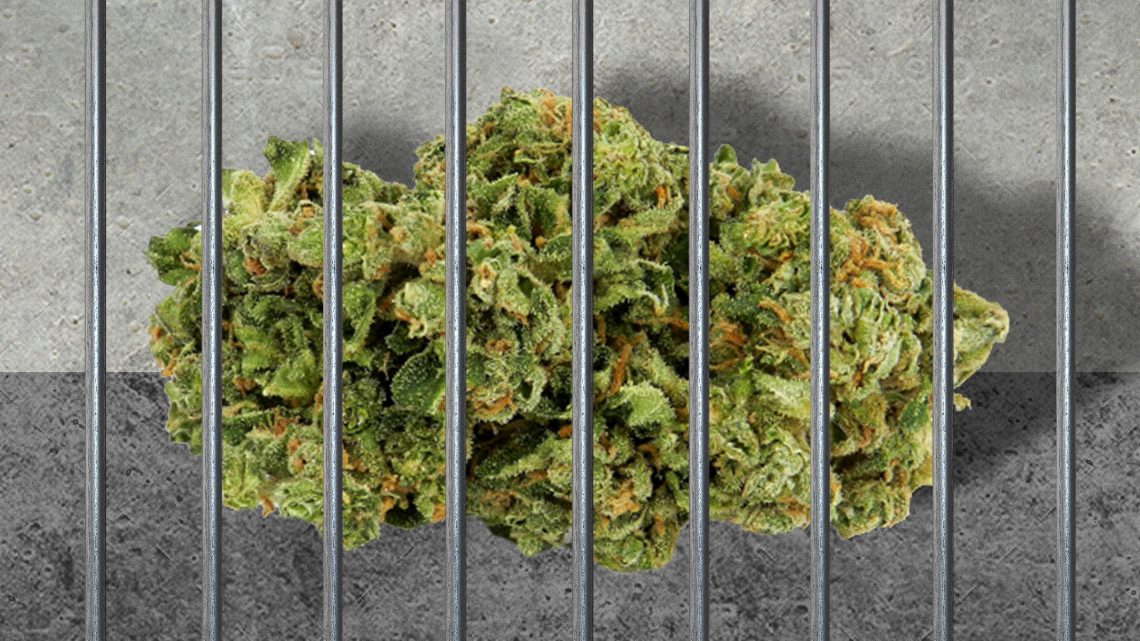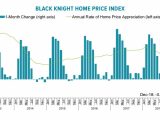
Regulations Are Choking Out California’s Legal Weed Industry
March 7, 2019When Proposition 64, California’s Control, Regulate and Tax Adult Use of Marijuana Act, passed in November 2016, it was a major step by many measures. Once-felonious penalties for possession and cultivation of cannabis were drastically reduced to misdemeanors and infractions. Sales started in January 2018, and in the summer the state optimistically projected a $630 million windfall from taxes and licensing fees by 2019.
Less than a year later, things aren’t looking so rosy. The state’s Legislative Analyst’s Office recently downgraded that revenue projection to somewhere between $280 and $410 million. The new rules have left many California cannabis operators who this reporter has spoken with in the wake of Prop 64 longing for the salad days of medical marijuana, 1996 to 2016, when private cannabis collectives could operate largely on their own terms. Storefront dispensaries were zoned according to municipal and county whim and paid local taxes, but officially they never sold anything. Instead, members of dispensary collectives reimbursed the dispensary for costs incurred procuring, storing, and distributing medical marijuana products. Meanwhile, growers and extractors usually operated in a relatively blissful gray zone, receiving untraceable cash from dispensaries while simultaneously marketing their wares to black market buyers who usually paid higher prices. Cash from the medical cannabis industry flowed freely, helping many start other businesses, buy homes, and pay for things like tuition.
Prop 64 didn’t just simply allow the sale of recreational marijuana, it created an array of state government controls on the process. The Bureau of Cannabis Control (BCC) licenses marijuana shops, distributors, and testing labs. The Department of Public Health’s Manufactured Cannabis Safety Branch polices the purity of cannabis products. The Department of Food and Agriculture’s CalCannabis group runs the state’s “track and trace” seed-to-sale digital inventory system, issues production and cultivation licenses, and inspects grow operations. Between the three of agencies, 47 types of licenses are currently available to wannabe pot entrepreneurs. Distributors of adult-use cannabis must file for an “A-Type 11” permit. Shipping companies for “medical” cannabis need to file an “M-Type 11.” The BCC’s 138-page list of regulations forbids drivers from parking overnight in residential areas if there is cannabis in their vehicle and specifies rules against “any employee or person to wear or use any device or covering, exposed to view, which simulates the breast, genitals, anus, pubic hair, or any portion thereof.”
The Department of Public Health’s recently revised rules detail regulations forbidding employees from chewing gum, eating, or drinking anywhere “cannabis products may be exposed.” Producers of cannabis edibles are forbidden from making any “cannabis product in the shape of, or imprinted with the shape, either realistic or caricature, of a human being, animal, insect, or fruit.” All employees not only have to undergo extensive training in order to comply with ever-changing rules, but are supposed to complete “refresher training” every 12 months.
In 2018, CalCannabis issued 9,445 temporary cultivation licenses that are only valid for 120 days. Annual licenses are only awarded after an investigator visits a facility and signs off. But as of February 3, 2019, only 15 annual cultivation licenses were active in California. Depending on the size of the farm, annual license fees for cultivators range from $1,200 to $77,000.
California’s Department of Food and Agriculture breaks down violations from minor to serious. Sharing a password with an employee or losing a receipt from the trash dump can result in a $100 to $500 fine for a first offense. Allowing stray plants to flower outside a licensed area is considered serious and can result in $30,000 fines that get compounded daily. Every crop has to be rigorously screened at a licensed testing facility for mold, mildew, pesticides, and other contaminants. Batches that fail tests must be punctiliously destroyed, adding even more costs and delays.
And those are just statewide rules. Local regulations differ wildly in the state’s 482 cities and 58 counties. A comprehensive study of California’s different cannabis rules conducted in April 2018 by the Californian found that “fewer than one in five California cities welcome medical marijuana dispensaries, while fewer than one in seven allow recreational cannabis stores.” County rules often contradict city ordinances that may or may not jibe with state law. The resulting cacophony renders compliance between suppliers and sellers nearly impossible. Those not in compliance with the ever-changing rules hide when an investigators come knocking.
MJX, Inc. has applied for several licenses in the greater Los Angeles area since Prop 64 passed, but has only been successful in the small city of Adelanto in San Bernadino County. Co-founder Bob Calkin predicts many marijuana businesses are in for a rude awakening. “You’re going to see a shit-ton of people who have temporary (120-day) licenses who won’t be able to fulfill their obligations. They think they are doing it correctly because the city is misleading them into thinking they’re following state law, but they’re not.”
The company chose Adelanto for its indoor grow site, dispensary, and butane hash oil lab because it is one of California’s only municipalities that allows “Type 7” permits allowing the use of solvents like butane and hexane to make hash oil. “Adelanto is giving out all of the different kinds of licenses,” Calkin said. “Most cities are like, ‘T7? Fuck no! The fire chief and the sheriff won’t let us.’ The mayor in Adelanto basically told the fire chief and the sheriff to go get stuffed and sit down at the meeting where they were objecting to T7 licenses. There are very few municipalities that have the balls, the gumption to do that.”
“Linus,” who preferred to remain anonymous because he doesn’t “want a target painted on my back and I’m too old to sit in jail,” has been growing marijuana for decades. He has been busted for it a few times, but was able to squirrel away enough money to purchase a modest home and some land in Northern California where he set up a few permitted medical marijuana greenhouses. His crop was popular: Whatever the dispensaries didn’t want was eagerly gobbled up by black market dealers who usually made the trek to his farm from all over the United States. Once his kids got old enough to join the business things took off, bumping up both the quality and volume. With full-scale legalization looming, he invested heavily in the technology and real estate necessary to become a legal cannabis grower and extractor. The plan was to first file for medical licenses, then graduate to adult use once Prop 64 kicked in. His expensive lawyer assured him that the permitting process would go smoothly.
Stumbling blocks appeared immediately. Humboldt County first dawdled with zoning requirements and lawyers provided contradictory advice. Meanwhile, prices on the black market dropped precipitously. Pounds that fetched $2,000 in 2013 were worth $1,200 in 2016. His attempts to “go legit” were finally quashed last year when police started sniffing around his property after neighbors operating a hash oil lab on an expired temporary license were raided. The neighbors are facing a litany of fines, some of which may total $70,000 per day per violation. Linus is currently contemplating a return to the black market. Luckily for him, legalization has been so problematic that “prices have started to go back up a little” to around $1,500 per pound.
No one knows how many cannabis farms, edible makers, and oil extractors are currently active in California. In February 2018, the California Growers Association estimated there were 68,150 cultivators in the state, but the number is likely much higher. Spare bedrooms and garages with one or two grow lights, large greenhouses, warehouses, and clandestine farms on public land can be found all over the state. While legalization was supposed to curb clandestine cultivation, the death of loosely regulated medical cannabis, coupled with the coming deluge of expiring temporary licenses, will leave many people equipped and trained to grow and process cannabis, but with no legal way to participate in the industry.
Linus summed up a general feeling of pessimism this way: “Every time people get done what they need to a new regulation comes out and it costs more money. The people who can’t afford to do all that shit are falling by the wayside so fast it’s ridiculous. Instead of getting help and guidance they are just getting shut out. When it was medical people actually made money. People had jobs, income, the community did well. Now that it is going legal the community is falling apart. Stores are shutting down left and right. They killed the county, bro. They can take your whole lifestyle away from you with the stroke of a pen.”
John Veit is a freelance journalist and photographer. Follow him on Twitter.


